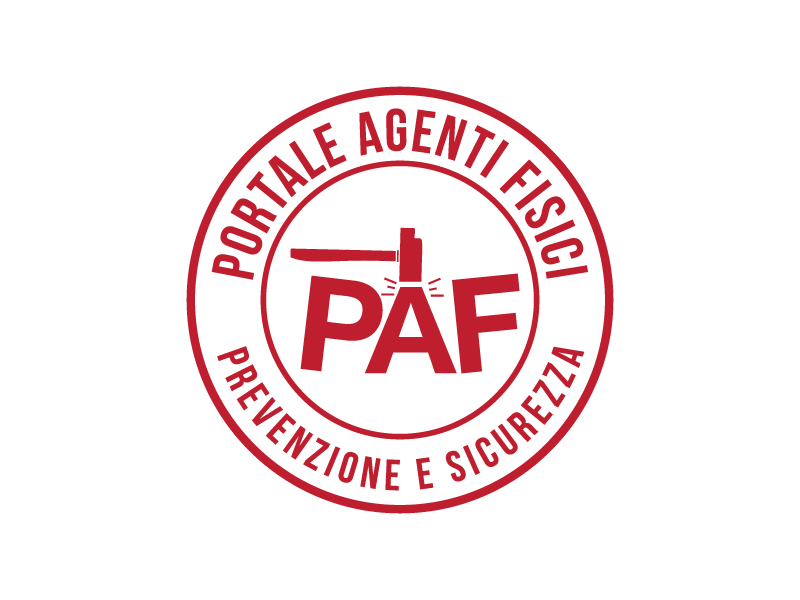PREVENTION AND PROTECTION Whole - Body
What to do after risk assessment
The Directive 2002/44/EC establishes at Article 5, "Provisions aimed at avoiding or reducing exposure", that workers shall not be exposed above the exposure limit value laid down in Article 3: A(8) = 1.0 m/s2 . Furthermore, it is forbidden to exceed the awrms value of 1.5 m/s2
The Directive establishes that the employer shall adopt "immediate action to reduce exposure below the exposure limit value".
This is a very important issue, especially when considering that there is no anti-vibration PPE, for HAV and WBV, that adequately protect workers and reduce the exposure levels below the limit values set out in the Directive, as, for example, the hearing protectors do when used for the noise-related risk. In particular, when the limit values are exceeded for short periods (awrms >1.5 m/s2) reducing the risk at source is the only measure that can be adopted to reduce exposure below the limit values prescribed by the Directive. If in the course of the assessment the limit values are found to be exceeded, it is recommended to refer to the Vibration Database in order to identify any available technology at lower risk, as provided for by the legislation.
If no machine is found in the database, the person in charge of risk assessment shall perform a market investigation with the purpose of finding the type of machine that allows to reduce the risk and propose its purchase in the risk assessment report.
In this regard it is important to keep in mind that the data declared by the manufacturer within the meaning of the Machinery Directive allow, for each type of machine, the identification of low vibration models.
Furthermore, the current regulations state that when the action values are exceeded (whole body= 0.5 m/s2) the employer shall establish and implement a programme of technical and/or organisational measures intended to reduce to a minimum exposure to mechanical vibration and the attendant risks, taking into account in particular:
-
Other working methods that require less exposure to mechanical vibration;/p>
-
The choice of appropriate work equipment of appropriate ergonomic design and, taking account of the work to be done, producing the least possible vibration.
-
The provision of auxiliary equipment that reduces the risk of injuries caused by vibration, such as seats that effectively reduce whole-body vibration.
-
Appropriate maintenance programmes for work equipment, the workplace and workplace systems.
-
The design and layout of workplaces and work stations.
-
Adequate information and training to instruct workers to use work equipment correctly and safely in order to reduce their exposure to mechanical vibration to a minimum.
-
Limitation of the duration and intensity of the exposure.
-
Appropriate work schedules with adequate rest periods.
-
The provision of clothing to protect exposed workers from cold and damp.
In order to fully comply to what is set for in the regulations, a program of WBV risk reduction and control must be planned and implemented, according to the following main steps:
Purchase and/or renting of new machines When purchasing or renting new machines the choice must be oriented toward those producing the lowest vibration level with equal performance. For this purpose it is important to ask, when setting the specifications of the purchase/rental, that the driver's cab is mounted on springs in order to attenuate vibration; the vibration emission values declared by the manufacturer in accordance with the Machinery Directive shall also be asked. It must be pointed out that anti-vibration technologies that are currently available for these variety of machine types, such as lift trucks, earth moving machines etc, allow to obtain a vibration exposure (awrms) lower than 0,5 m/s2 at the driving position. The data declared by the manufacturer are generally higher than those obtained in real conditions of use, due to the fact that the emission values are obtained under standard conditions such to induce particularly high vibrations at the driving position.
Test of the new machine. It is advised to perform the vibration assessment at the driving position of the new machine when testing it, in order to verify that the vibration produced by the purchased machine really correspond to data declared when purchasing it and to be able to replace on time machines that do not conform to the required specifications.
Maintenance of road surfaces and service areas In order to reduce the risk of WBV, it is necessary to plan interventions of maintenance of the road surface where handling takes place, in order to avoid or reduce the presence of holes and asperities, that contribute in increasing the risk of whole body vibration exposure.
Specific training and information to workers, concerning:
The need to limit as much as possible the driving speed, in particular if asperities are present on the road surface;
Procedures for appropriate adjustment of the seat for weight and height;
The need to avoid poor postures when driving and, in particular, to reduce as much as possible the operations performed by driving in reverse;
The need to promptly report vehicle maintenance problems that entail a worsening of the vibration perceived at the driving position.
Potential injuries to the spine derived from the activity performed and methods for their prevention.








